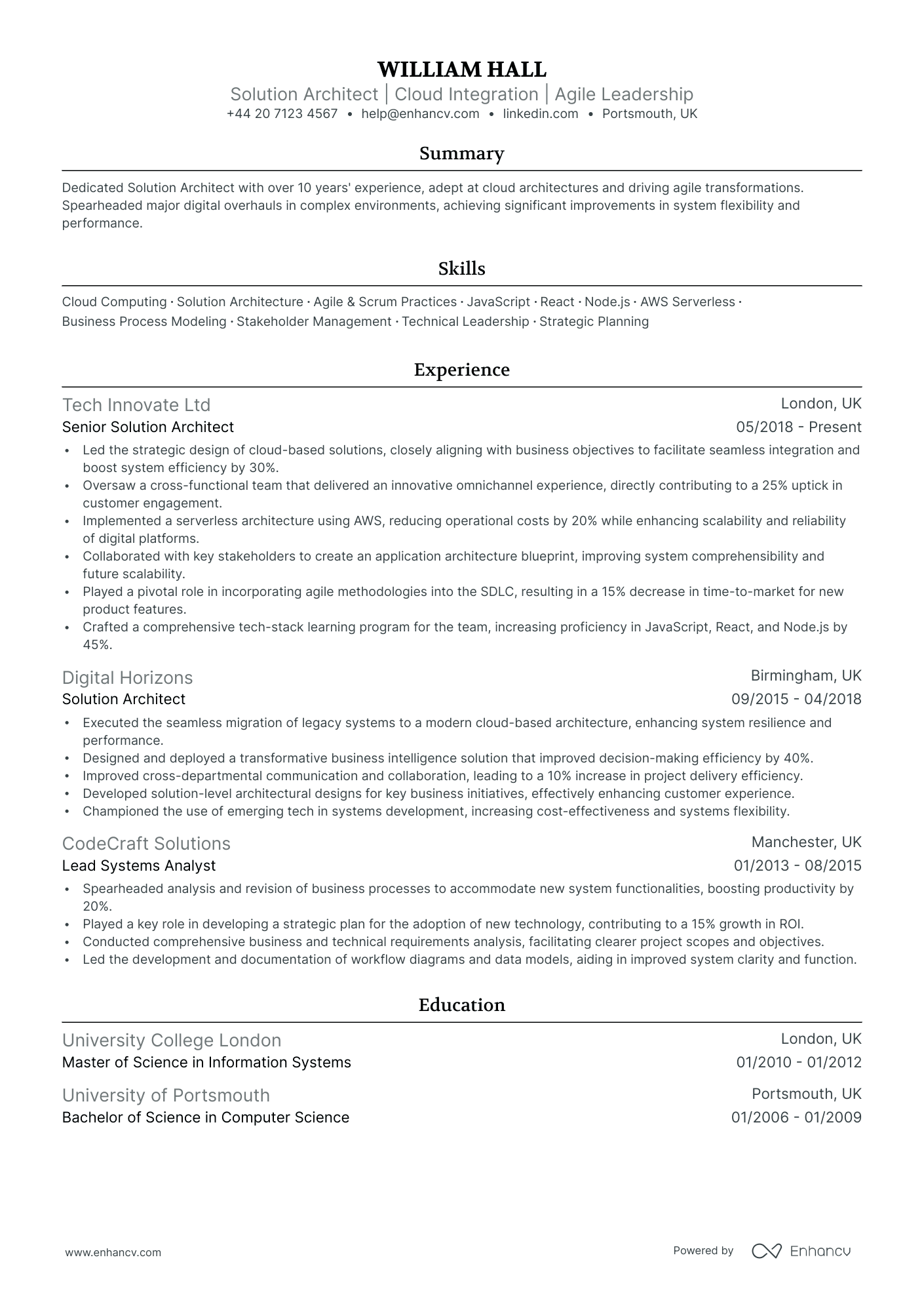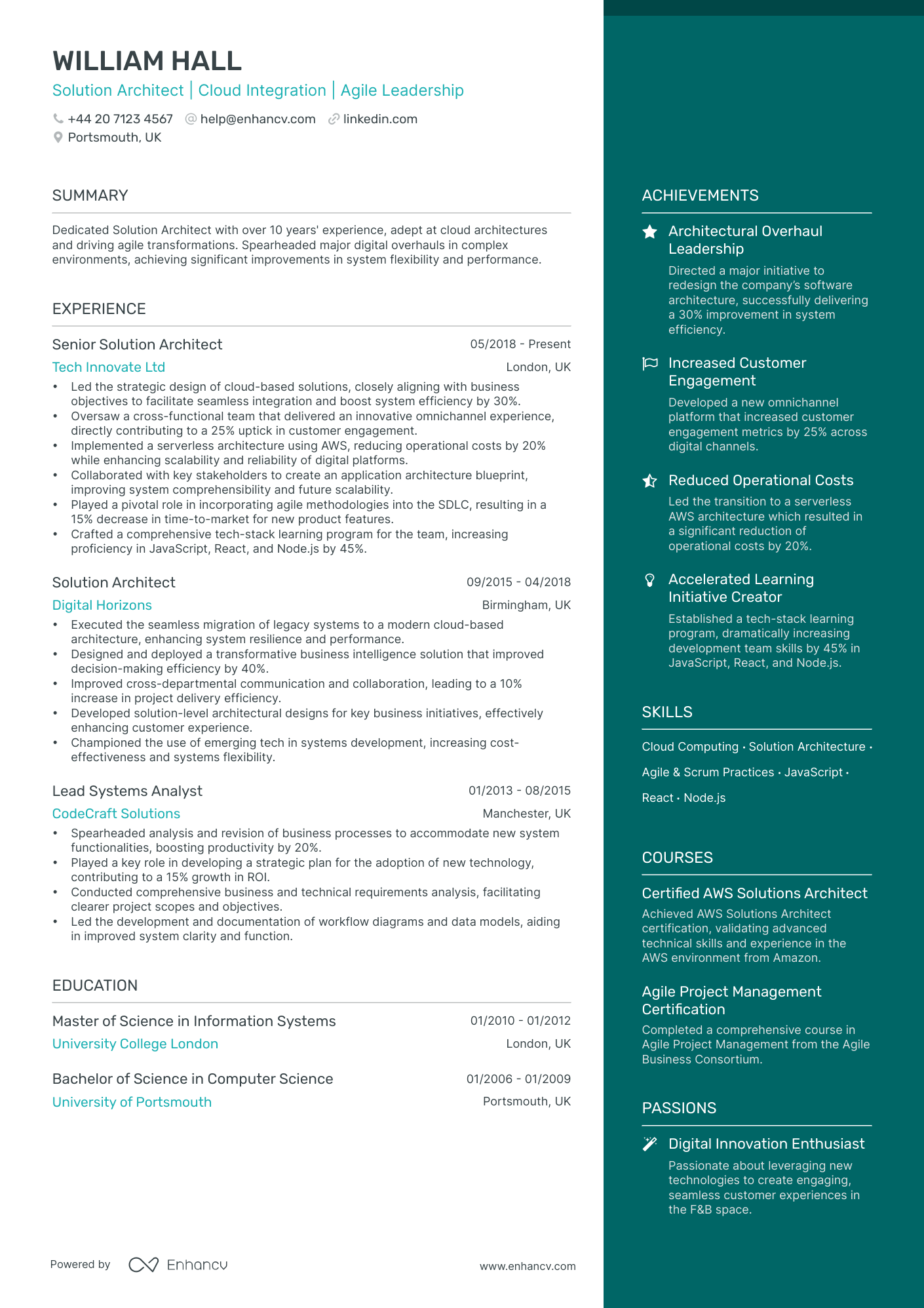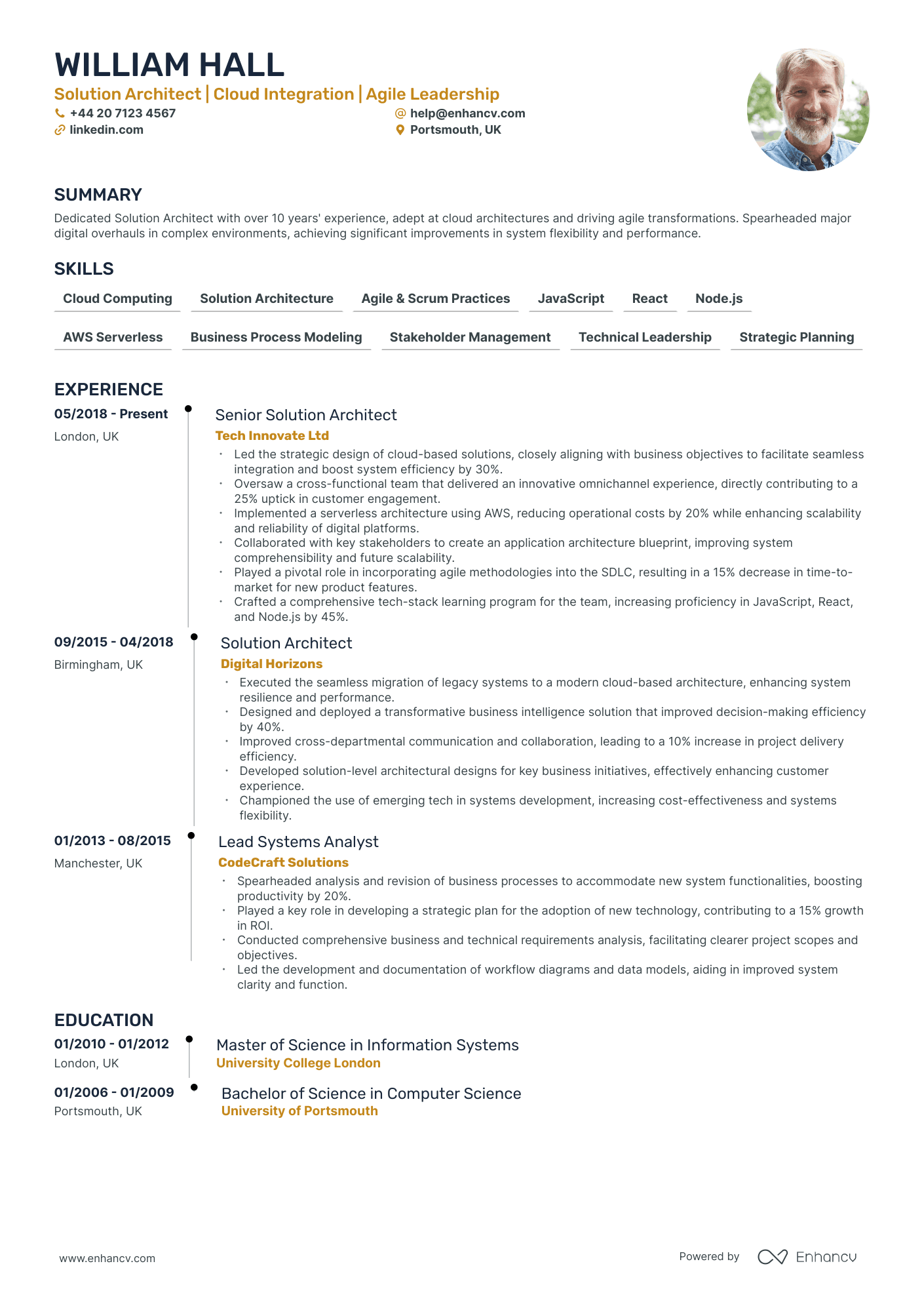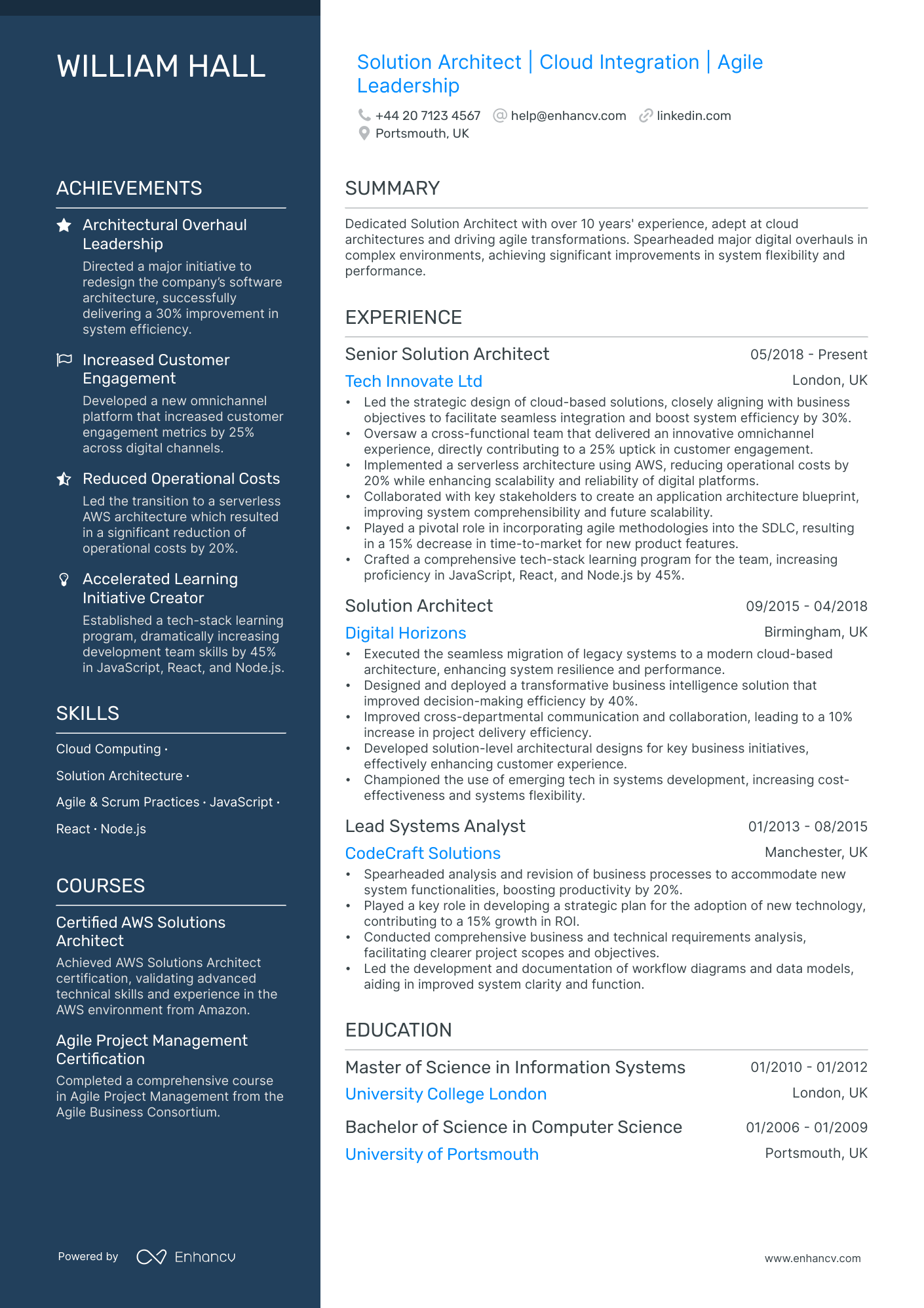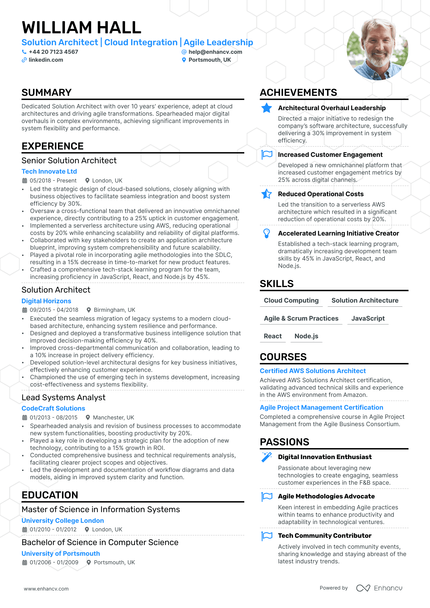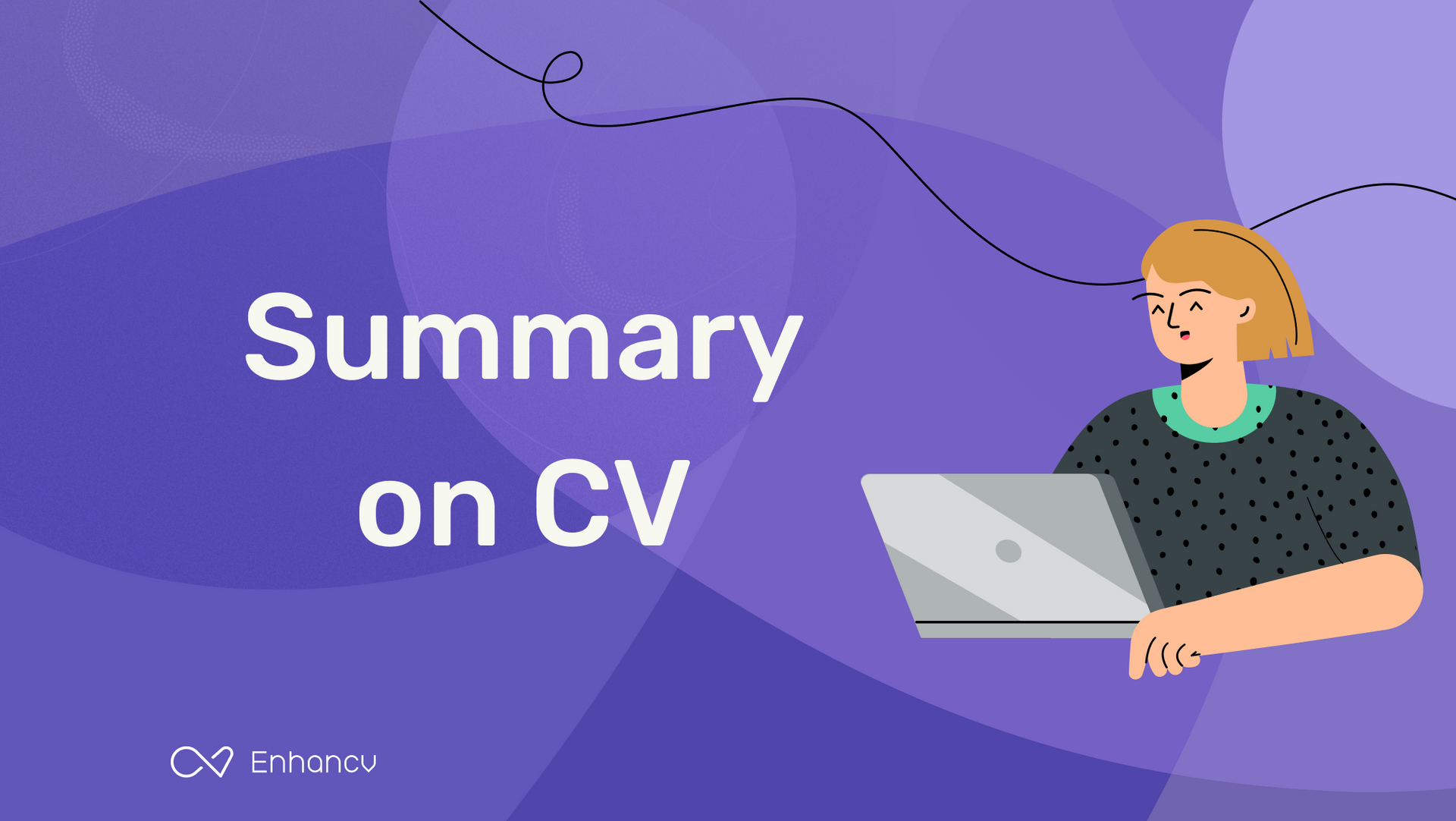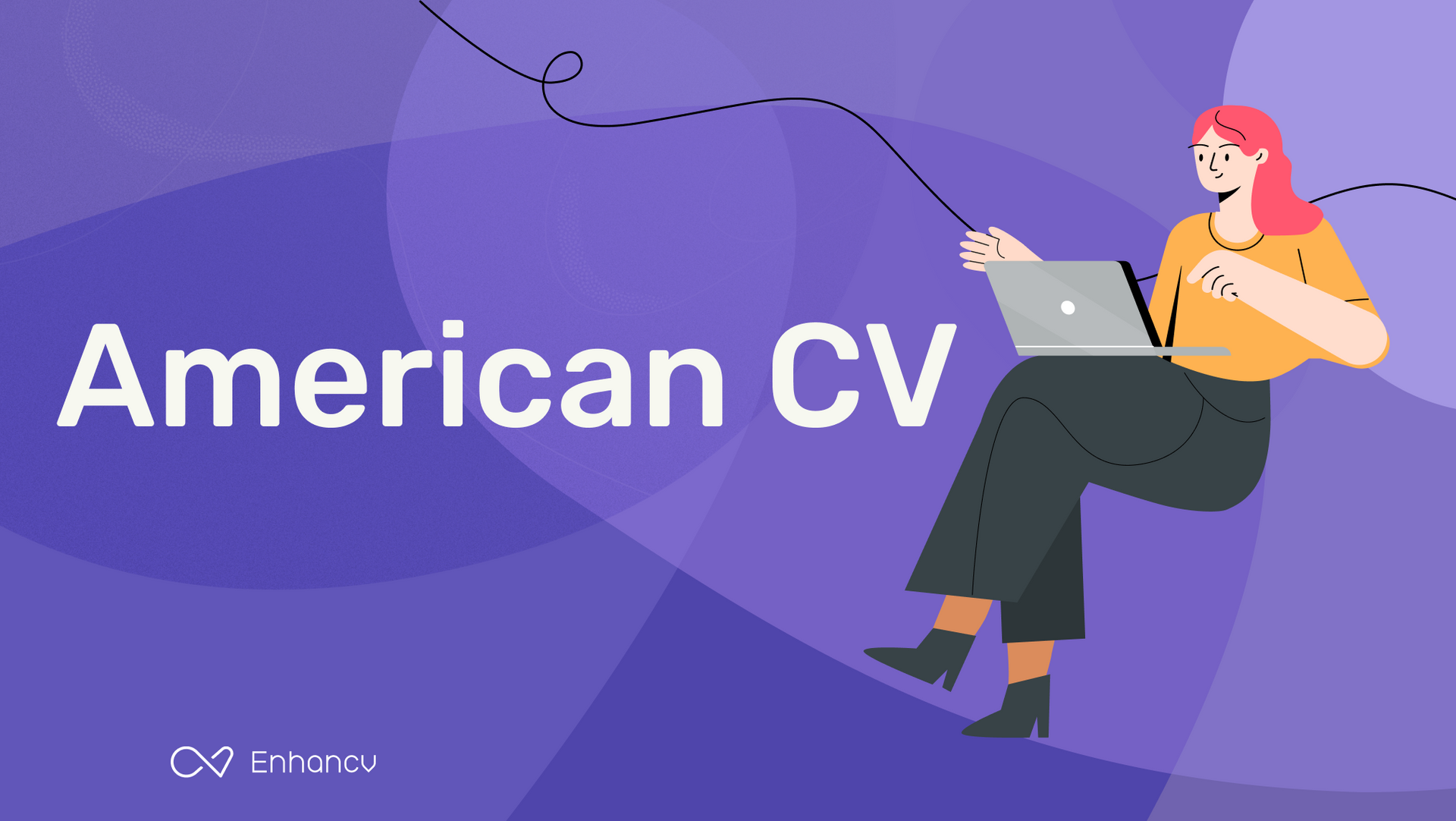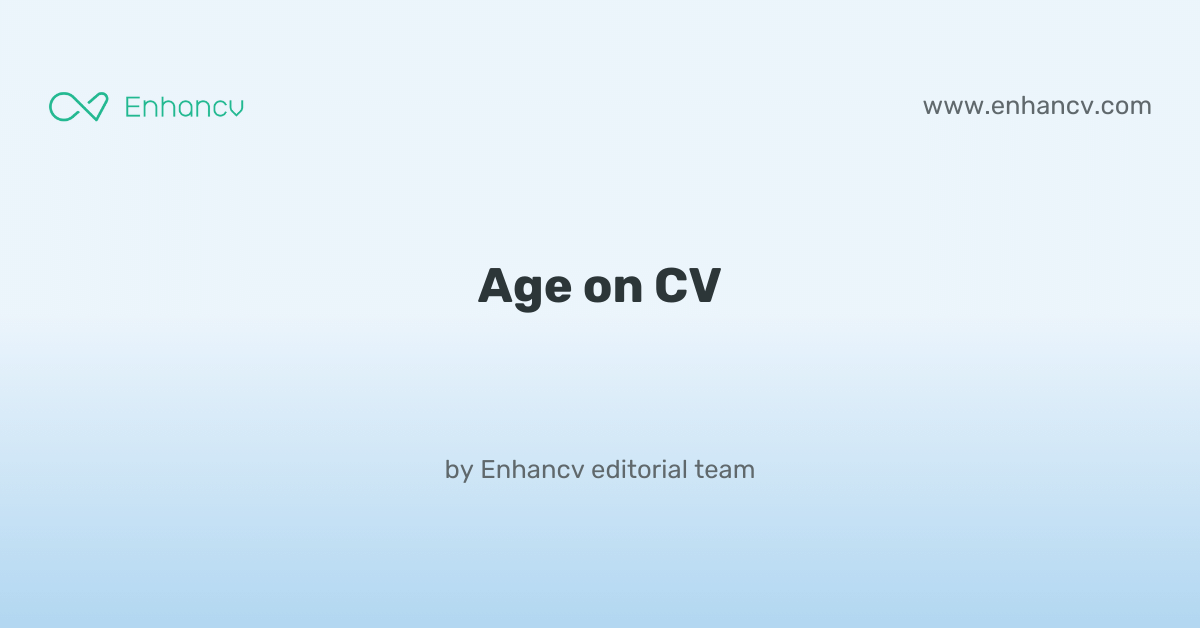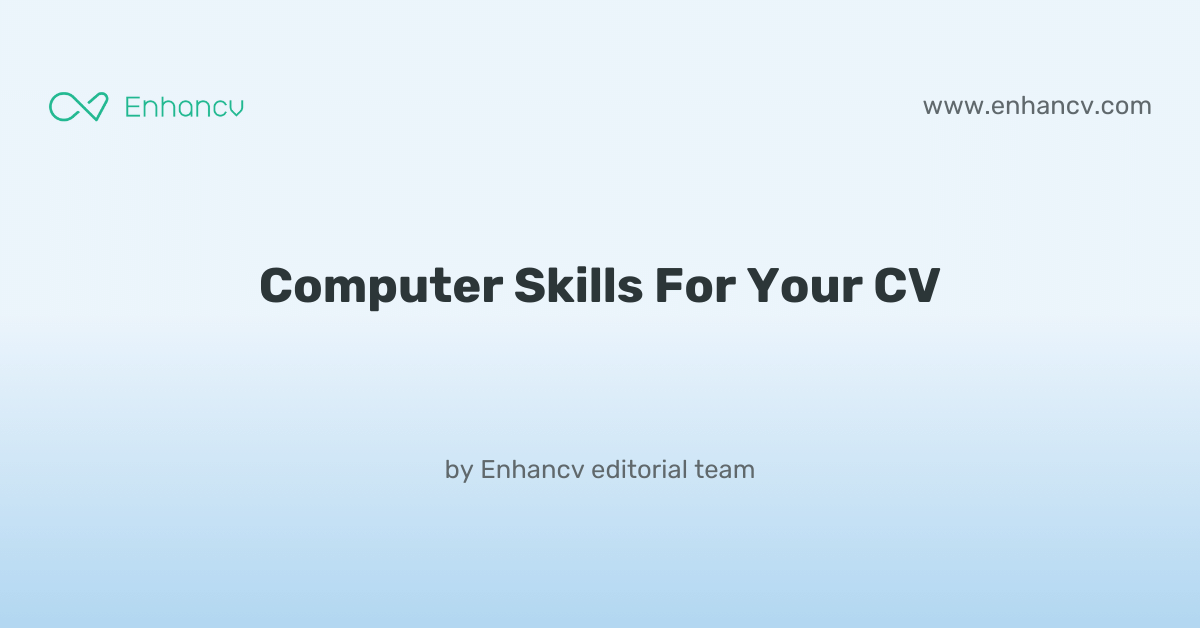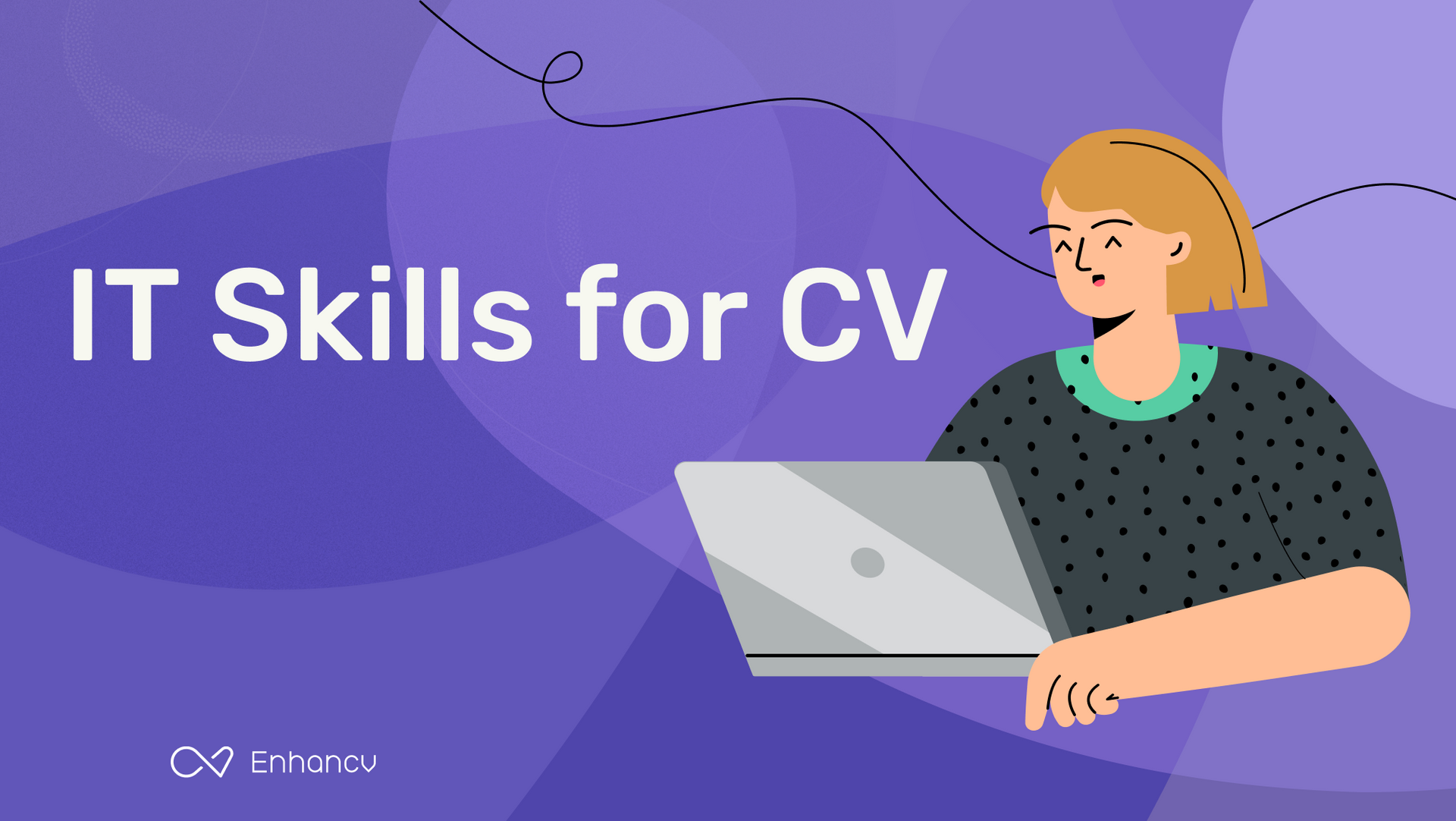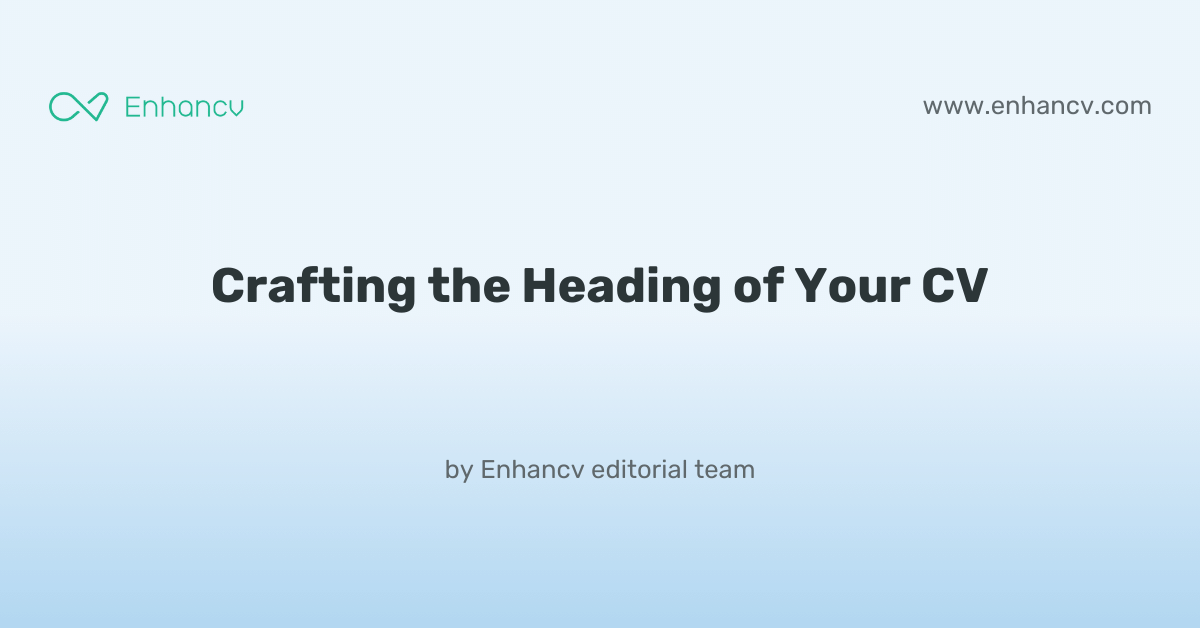Navigating the complexities of software integration within heterogeneous IT environments is a common CV challenge faced by solutions architects. Our comprehensive guide offers practical strategies and insights to help you articulate this expertise, ensuring your CV stands out to potential employers in the tech industry.
- Answer job requirements with your solutions architect CV and experience;
- Curate your academic background and certificates, following industry-leading CV examples;
- Select from +10 niche skills to match the ideal candidate profile
- Write a more succinct experience section that consists of all the right details.
Do you need more specific insights into writing your solutions architect CV? Our guides focus on unique insights for each individual role:
Structuring your solutions architect CV layout: four factors to keep in mind
There are plenty of best practices out there for your CV layout and design. At the end of the day, a clear format and concise CV message should be your top priority. Use your CV design to enhance separate sections, bringing them to the forefront of recruiters' attention. At the same time, you can write content that:- Follows the reverse chronological order in the experience section by first listing your most recent jobs;
- Incorporates your contact information in the header, but do skip out on the CV photo for roles in the UK;
- Is spotlighted in the most important sections of your CV, e.g. the summary or objective, experience, education, etc. to show just how you meet the job requirements;
- Is no longer than two-pages. Often, the one-page format can be optimal for your solutions architect CV.
Before submitting your CV, you may wonder whether to export it in Doc or PDF. With the PDF format, your information and layout stay intact. This is quite useful when your CV is assessed by the Applicant Tracker System (or the ATS) . The ATS is a software that scans your profile for all relevant information and can easily understand latest study on the ATS , which looks at your CV columns, design, and so much more.
PRO TIP
Incorporate a touch of colour in headers or section breaks, but keep it professional and ensure it doesn’t detract from readability, especially in more conservative industries.
The top sections on a solutions architect CV
- Professional Summary emphasises key achievements and aptitude. It sets the tone, highlighting the candidate's experience and expertise relevant to a Solutions Architect role.
- Key Skills showcase technical, analytical, and project management abilities. They provide a quick overview of the candidate's qualifications specific to solutions architecture.
- Work Experience details relevant job history and accomplishments. This section demonstrates the candidate's practical experience and impact in previous solutions architect roles.
- Certifications and Education display formal qualifications. It is vital for establishing credibility, especially for a role that often requires specific technical knowledge and certifications.
- Projects and Portfolio offer insight into practical skills. It gives examples of real-world applications of the candidate's architecture solutions, demonstrating problem-solving and innovation.
What recruiters value on your CV:
- Highlight your technical proficiency with architectures and systems, detailing your experience with designing, integrating, and managing complex solutions.
- Emphasise your ability to communicate technical concepts to non-technical stakeholders; showcase examples where you’ve successfully bridged this gap.
- Demonstrate your project management skills by citing specific projects where you’ve led cross-functional teams and managed end-to-end solution lifecycles.
- Include a section on certifications such as AWS Certified Solutions Architect or similar credentials that are pertinent to a Solutions Architect role.
- Focus on business impact by presenting case studies or scenarios where your architectural decisions led to significant improvements in performance, costs, or scalability.
Recommended reads:
Tips and tricks on writing a job-winning solutions architect CV header
The CV header is the space which most recruiters would be referring most often to, in the beginning and end of your application. That is as the CV header includes your contact details, but also a headline and a professional photo. When writing your CV header:
- Double-check your contact details for spelling errors or if you've missed any digits. Also, ensure you've provided your personal details, and not your current work email or telephone number;
- Include your location in the form of the city and country you live in. If you want to be more detailed, you can list your full address to show proximity to your potential work place;
- Don't include your CV photo, if you're applying for roles in the UK or US, as this may bias initial recruiters' assessments;
- Write a professional headline that either integrates the job title, some relevant industry keywords, or your most noteworthy achievement.
In the next part of our guide, we'll provide you with professional CVs that showcase some of the best practices when it comes to writing your headline.
Examples of good CV headlines for solutions architect:
- Solutions Architect | Cloud Integration Expert | AWS Certified | 10+ Years of Experience
- Senior Solutions Architect | Digital Transformation Leader | TOGAF Certified | Enterprise Strategy Specialist
- Lead Solutions Architect | Data Analytics & AI Integration | Azure Solutions Expert | 15 Years' Experience
- IT Solutions Architect | Cybersecurity Focus | CISSP | Cross-Platform Systems Design | 8+ Years
- Principal Solutions Architect | IoT Innovation Strategist | Google Cloud Professional | Full Lifecycle Management | 12 Years
- Junior Solutions Architect | Emerging Tech Enthusiast | DevOps & Agile Methodologies | Certified ScrumMaster | 3 Years Experience
Your solutions architect CV introduction: selecting between a summary and an objective
solutions architect candidates often wonder how to start writing their resumes. More specifically, how exactly can they use their opening statements to build a connection with recruiters, showcase their relevant skills, and spotlight job alignment. A tricky situation, we know. When crafting you solutions architect CV select between:
- A summary - to show an overview of your career so far, including your most significant achievements.
- An objective - to show a conscise overview of your career dreams and aspirations.
Find out more examples and ultimately, decide which type of opening statement will fit your profile in the next section of our guide:
CV summaries for a solutions architect job:
- With over 12 years of experience in software architecture, specialising in cloud services and enterprise solutions, I have consistently driven project success at a global consultancy firm. My technical repertoire includes AWS, Azure, and GCP, while leading the migration of a Fortune 500 company’s infrastructure to the cloud remains a cornerstone achievement.
- Dedicated solutions architect with 8 years of experience in crafting bespoke IT solutions for the finance sector, adept in utilising DevOps and microservices architecture to enhance operational efficiency. Pivotal in orchestrating a scalable infrastructure that supported a multinational bank’s expansion into new markets.
- Accomplished network engineer aiming to leverage 10 years of expertise in managing large-scale network infrastructures to transition into a solutions architecture role. Deep understanding of network security protocols and virtualisation, eager to apply strategic planning skills to design robust solutions for dynamic tech environments.
- Seasoned project manager with a decade of experience leading cross-functional teams now pursuing a career shift into solutions architecture. Excels at stakeholder communication and requirement analysis, seeking to apply project management prowess to extract and fulfil architectural needs in challenging technology landscapes.
- Eager to embark on a career in solutions architecture with a foundational background in computer science and proficiency in modern programming languages, including Python and Java. A fresh graduate prepared to contribute analytical thinking and a strong desire to master cloud computing platforms and IT infrastructure design.
- Dynamic professional with a rich background in business development seeking to apply transferable skills in a nascent career in solutions architecture. A quick learner with a firm grasp of software development processes, committed to becoming proficient in architectural frameworks and earning relevant certifications.
How to meet job requirements with your solutions architect CV experience
We've now reached the essence of your actual CV - your experience section. This is the space where you can list your career roles and on-the-job successes. Many candidates tend to underestimate just how much time and effort they should put into writing this CV section. Your experience shouldn't be a random list of your responsibilities, but instead:
- Match the job description with your skills, values, and accomplishments;
- Start each bullet with a strong action verb, followed up with one key skill and your outcome of applying this skill;
- Spotlight parts of your career history that are relevant to the job you're applying for.
Before we move on, make sure to check out some professional CV experience sections.
Best practices for your CV's work experience section
- Evaluated business requirements and translated them into technical solutions, ensuring alignment with company goals and scalability for future growth during my tenure at XYZ Corp.
- Designed and implemented robust cloud-based architectures using AWS, including IaaS, PaaS, and SaaS services, while optimising for cost, performance, and security.
- Led the migration of legacy systems to modern platforms, resulting in a 30% increase in efficiency and a significant reduction in operational costs.
- Conducted risk assessments and compliance checks to uphold data protection standards, such as GDPR, across all proposed IT solutions.
- Collaborated with cross-functional teams to integrate new software and hardware, ensuring seamless deployment with minimal downtime.
- Provided technical leadership in Agile projects, delivering solutions on time and within budget while fostering innovation and continuous improvement.
- Developed customised client-facing presentations that effectively communicated the architecture and benefits of proposed solutions, leading to a 20% increase in customer satisfaction.
- Maintained up-to-date knowledge of emerging technologies and industry trends, applying this to develop forward-thinking solutions that supported the strategic direction.
- Authored technical documentation, including architectural diagrams and implementation guides, that enabled effective handover to operational teams.
- Led the migration of enterprise data to cloud-based storage solutions for a global financial institution, improving data retrieval times by 50%.
- Designed a multi-tiered architecture for a high-volume e-commerce platform, which supported a 30% increase in user traffic without performance degradation.
- Implemented robust security protocols for SaaS applications which reduced the incidence of data breaches by 65% over two years.
- Developed a scalable microservices architecture for a logistics company, enabling the successful handling of peak loads during holiday seasons.
- Collaborated with cross-functional teams to integrate AI-driven predictive analytics into retail clients' inventory systems, boosting sales forecast accuracy by 40%.
- Optimised database management for a multinational corporation, which facilitated a 25% reduction in operational costs due to improved efficiency.
- Spearheaded the adoption of Internet of Things (IoT) technology for a leading automotive manufacturer, increasing production line efficiency by 20%.
- Architected a bespoke CRM solution that resulted in a 15% increase in customer retention rates for a telecommunications provider.
- Conducted comprehensive system analyses, which led to the overhaul of IT infrastructure, enhancing network stability by 30%.
- Orchestrated a complete digital transformation for a public sector entity, which modernised their service delivery and increased user satisfaction by 35%.
- Collaborated with developers to create a resource management tool that decreased software deployment times by 25%.
- Implemented DevOps practices which significantly improved code deployment frequency, achieving a 40% improvement in time-to-market for new features.
- Designed and deployed a containerization strategy using Docker and Kubernetes, leading to a 70% improvement in application deployment efficiency.
- Crafted a disaster recovery plan that has been instrumental in ensuring business continuity, with a proven potential to reduce data recovery time by 60%.
- Facilitated the internal adoption of blockchain for secure transactions in a Fintech firm, significantly enhancing trust and transparency for users.
- Directed the integration of big data analytics into marketing strategies, which empowered data-driven decision-making and a 22% growth in campaign ROIs.
- Instituted an API-first development strategy that enabled third-party integrations and expanded service offerings for a SaaS company.
- Revitalised IT service delivery models, introducing agile methodologies that cut down project lead times by 30% within the first year.
- Engineered a unified communication platform for a multinational corporation, which unified disparate systems and reduced communication costs by 20%.
- Drove a large-scale data-centric initiative that leveraged machine learning to enhance customer insights, translating to a 17% uplift in customer engagement metrics.
- Pioneered the adoption of a serverless architectural model that enabled the IT team to focus on innovation by cutting down maintenance overhead by 50%.
- Implemented an omnichannel platform configuration for a retail chain, providing a seamless customer experience across digital and physical storefronts.
- Transitioned a traditional data warehousing system to a modern big data ecosystem for a media company, enhancing data processing speeds by 300%.
- Led a cross-functional team to adopt a continuous integration/continuous deployment (CI/CD) pipeline, which expedited product release cycles by 40%.
What to add in your solutions architect CV experience section with no professional experience
If you don't have the standard nine-to-five professional experience, yet are still keen on applying for the job, here's what you can do:
- List any internships, part-time roles, volunteer experience, or basically any work you've done that meets the job requirements and is in the same industry;
- Showcase any project you've done in your free time (even if you completed them with family and friends) that will hint at your experience and skill set;
- Replace the standard, CV experience section with a strengths or achievements one. This will help you spotlight your transferrable skills that apply to the role.
Recommended reads:
PRO TIP
Include examples of how you adapted to new tools, environments, or work cultures, showing your flexibility.
Describing your unique skill set using both hard skills and soft skills
Your solutions architect CV provides you with the perfect opportunity to spotlight your talents, and at the same time - to pass any form of assessment. Focusing on your skill set across different CV sections is the way to go, as this would provide you with an opportunity to quantify your achievements and successes. There's one common, very simple mistake, which candidates tend to make at this stage. Short on time, they tend to hurry and mess up the spelling of some of the key technologies, skills, and keywords. Copy and paste the particular skill directly from the job requirement to your CV to pass the Applicant Tracker System (ATS) assessment. Now, your CV skills are divided into:
- Technical or hard skills, describing your comfort level with technologies (software and hardware). List your aptitude by curating your certifications, on the work success in the experience section, and technical projects. Use the dedicated skills section to provide recruiters with up to twelve technologies, that match the job requirements, and you're capable of using.
- People or soft skills provide you with an excellent background to communicate, work within a team, solve problems. Don't just copy-paste that you're a "leader" or excel at "analysis". Instead, provide tangible metrics that define your success inusing the particular skill within the strengths, achievements, summary/ objective sections.
Top skills for your solutions architect CV:
Cloud Service Providers (AWS, Azure, GCP)
Enterprise Architecture
Software Development
DevOps Practices
IT Infrastructure
Microservices Architecture
Containerization Technologies (Docker, Kubernetes)
Security and Compliance
Database Design
API Design
Problem-solving
Strategic Planning
Communication
Stakeholder Management
Teamwork
Leadership
Project Management
Creativity
Negotiation
Time Management
PRO TIP
If you have received professional endorsements or recommendations for certain skills, especially on platforms like LinkedIn, mention these to add credibility.
CV education and certificates: your academic background as proof of your skill set
A common misconception about your solutions architect CV education is that you only need it, if you have less professional experience. That is completely false. The CV education section serves to back up your technical (and sometimes personal) capabilities, fill in gaps in your work history, and show you have the initial industry background and know-how. When creating your education section:
- List your degrees in the reverse chronological order, starting with the most recent (and relevant) ones first;
- Include your degree and university names, start and graduation dates. It's optional to also denote you received a "First-Class Honours" for diplomas that are more relevant to the role;
- Curate your relevant university coursework, projects, or thesis work if you happen to have less professional expertise and need to integrate more job keywords and skills.
Your professional qualifications don't need to stop at your academic background. It's advisable to also select up to three of your most noteworthy (and relevant) industry certificates and feature them in a dedicated section. Once more, include the certificate name, the institution that issued it out, and the date you obtained it on. You could feature both hard skills and soft skills certificates, as in the examples below:
PRO TIP
If there's a noticeable gap in your skillset for the role you're applying for, mention any steps you're taking to acquire these skills, such as online courses or self-study.
Recommended reads:
Key takeaways
What matters most in your solutions architect CV-writing process is for you to create a personalised application. One that matches the role and also showcases your unique qualities and talents.
- Use the format to supplement the actual content, to stand out, and to ensure your CV experience is easy to comprehend and follows a logic;
- Invest time in building a succinct CV top one third. One that includes a header (with your contact details and headline), a summary or an objective statement (select the one that best fits your experience), and - potentially - a dedicated skills section or achievements (to fit both hard skills and soft skills requirements);
- Prioritise your most relevant (and senior) experience closer to the top of your CV. Always ensure you're following the "power verb, skill, and achievement" format for your bullets;
- Integrate both your technical and communication background across different sections of your CV to meet the job requirements;
- List your relevant education and certificates to fill in gaps in your CV history and prove to recrutiers you have relevant technical know-how.
